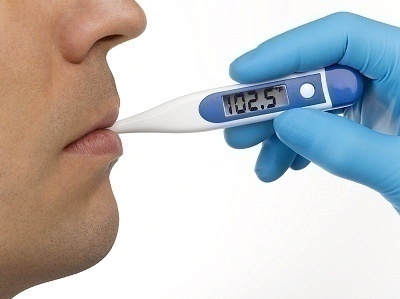What is a Basal Thermometer?
A basal thermometer tracks temperature shifts in the body. Women mostly use it to chart their basal body temperature in order to predict their ovulation or fertile periods. Most basal thermometers come with blank basal body temperature charts and are digital in order to provide more accurate fertility predictions.
How does a Basal Thermometer Work?
A basal thermometer is accurate to the tenths place in Fahrenheit and reads temperatures in 30-60 seconds. Its sensitivity is important as this allows it to detect fluctuations in daily body temperatures. Digital types save the previous day’s reading to give users additional time to plot their temperatures on their chart. Basal thermometers work best when one’s temperature is taken first thing in the morning and at approximately the same time each day. Temperatures are lower prior to ovulation and higher afterward in the luteal phase.
How to Use a Basal Body Thermometer
Basal body thermometers must be used at the same time of day in order to ensure optimum accuracy. Most users leave the thermometer next to their bed so they can check their temperature upon waking or in the bathroom so they can use it when freshening up after bed. Basal thermometers also provide more accurate readings when used after five hours of sleep (no less than three hours). The device can take temperatures rectally, vaginally, or orally but the same method should be used for the entire month. When daily temperature drops suddenly, it is an indication that the body is ovulating. Temperatures jump days after the temperature drop. A decrease in temperature of at least .4 degrees signifies a drop.


Comments - No Responses to “What is a Basal Thermometer?”
Sorry but comments are closed at this time.